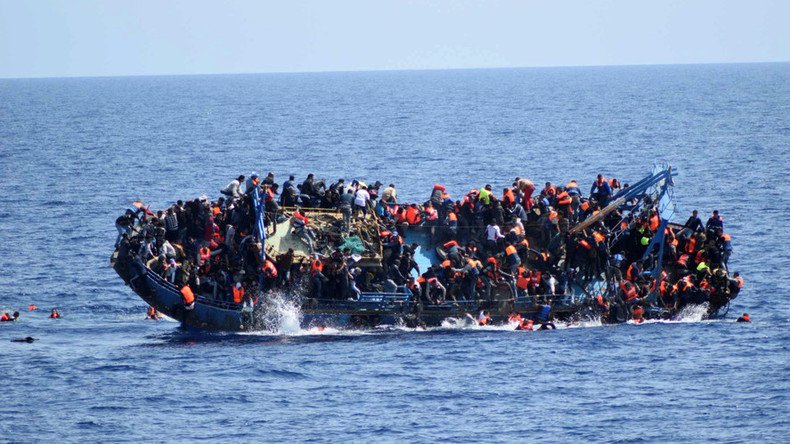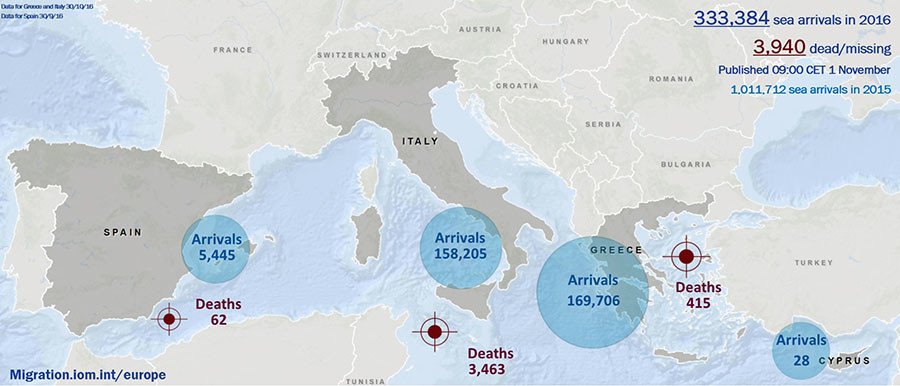Up to 240 migrants drown in 2 shipwrecks off Libya coast

Passengers from two rubber dinghies that sank just miles from the coast of Libya have told rescuers that as many as 240 migrants drowned attempting to make the journey to Italy. The UN says that 2016 has already seen a record number of migrant deaths at sea.
In one of the disasters, the boat left the Libyan coast at around 3am on Wednesday but lost buoyancy several hours later, according to Flavio di Giacomo, a spokesman for the UN's International Organization for Migration (IOM). When the European patrol boat arrived, the survivors, who numbered 27, told rescuers that about 100 people had perished underwater. Twelve bodies, including those of three babies, have been recovered.
Another two women picked up by the coast guard said that they were survivors from a different dinghy, which had carried as many 140 people who drowned, according to the IOM.
The IOM said that the figures brought the death toll for this year up to 4,220 compared to 3,777 for the whole of last year. Di Giacomo said that 158,000 migrants arrived in Europe through the Libyan route this year, fewer than last year.
But there was a surge of arrivals in October, with 27,388 making the journey, more than in the same month in the two previous years.
As before, most are overloaded into small, insecure boats that are often incapable of making the journey of over 200km to the Italian island of Lampedusa. They are put there by traffickers who are paid thousands of dollars for running the route, popular among those from sub-Saharan Africa. The calculation is that the boats in the area, which is closely monitored by radar, and patrolled by dozens of warships and rescue vessels, will signal that they are in trouble, and will be picked up by EU and UN officials, who will then ferry them to Europe.

Migrants have told rescuers that the increase in traffic is due to smugglers warning them about the imminent EU plan to train more Libyan coastguards, who will simply return the departees back to the African coast, leaving them stranded and out-of-pocket.
Last week, the EU’s anti-trafficking mission began training 78 Libyan officials, who will then take charge of patrol boats that will intercept migrants. Libya, however, continues to be mired in a multi-faction conflict, raging since the toppling of Muammar Gaddafi five years ago, and there is uncertainty that it is capable of efficiently monitoring its entire coast.













